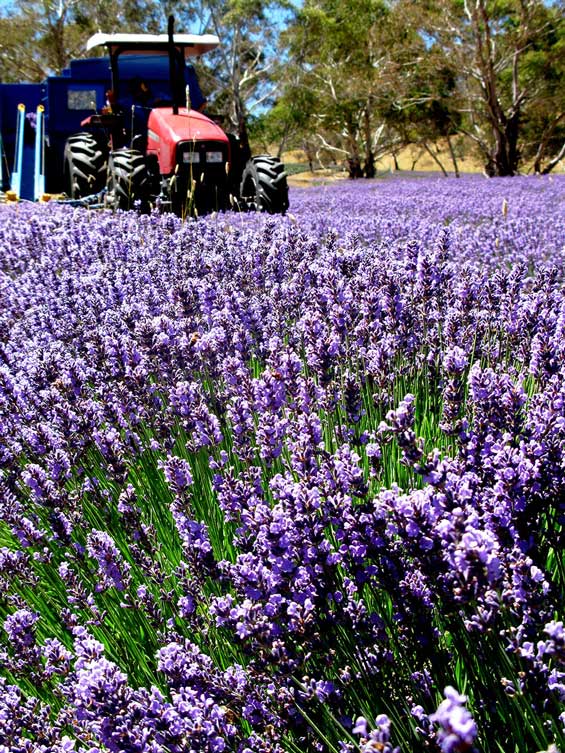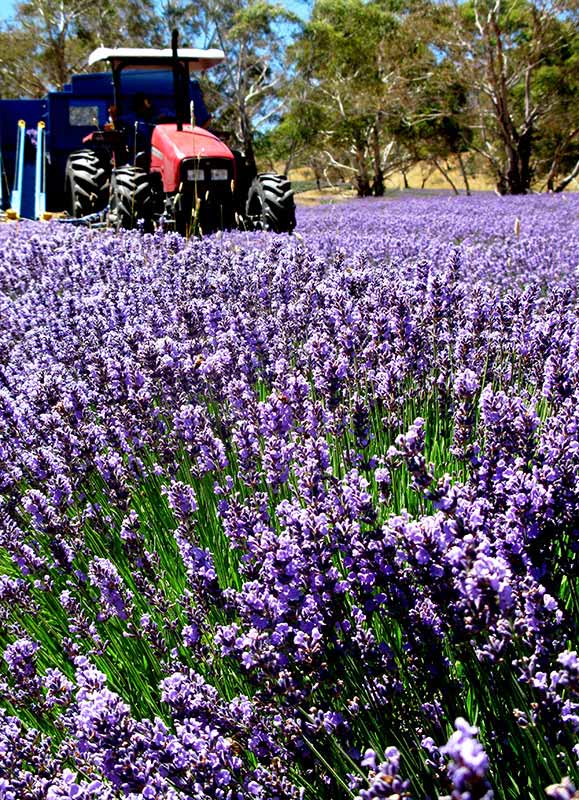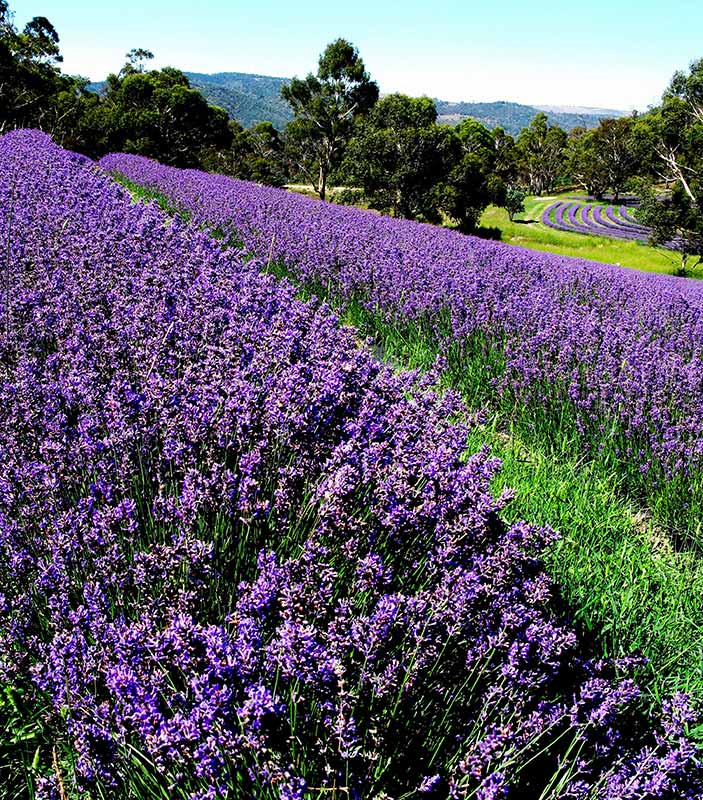
Deviations and chemotypes
The Standards present the biodiversity of lavender as part of a predefined chemical balance and range of compounds derived as a species norm. Where this definition is inadequate to define the chemistry of a particular plant within the species, that plant is viewed as deviant. For lavender essential oil the balance of the two key compounds linalool and linalyl acetate can mean the difference between essential oil which is valued and one which cannot find a market. In the later case, mostly these plants are not used for commercial oil production, or if they are, they become part of a homogenized blending of many oils with an averaged chemistry overriding any distinctiveness. At Snowy River Lavender the potential of species diversity, is central to our boutique focus of production and raises important questions:
- Does the deviant balances in an essential oil delimits its usefulness; Or, is it simply a matter of us understanding the differently balanced oil to determine its value both aromatically and therapeutically?
- Does an understanding of ‘chemotypes’ offer a more subtle model of allowance for such biodiversity, such as it does in other essential oil plant species, such as a Rosemary and Thyme where exists the recognition that different chemotypes offer a depth of aromatic and therapeutic potential?
Pacific Blue and Avice Hill: a tale of two lavenders
At Snowy River Lavender, most of our lavender cultivars fit easily into the range of compounds allowed in the Standards, however two of our cultivars, Pacific Blue and Avice Hill don’t. Given that all our cultivars are grown under similar conditions and are distilled at high altitude under the same distillation conditions, the fact we consistently get a different balance in the essential oil for these two cultivars shows it is an issue of plant diversity.
- Pacific Blue is a linalool chemotype, or if you think in functional groups, is a monoterpenol type with linalool around 38% and unusually supported by high levels of terpineol-4-ol at 10% (a key component of tea tree oil). Linalyl acetate is only about 22% just under the Standards minimum of 25%.
- On the other hand, Avice Hill is a linalyl acetate chemotype, averaging about 40% of this compound and further supported by the lower level esters to the tune of 5-7%. Against this linalool is very low on average about 15%.
Both these plants yield well and produce beautiful but distinctive oils. The question is, do we appreciate these oils for their distinctiveness of chemotype or do we disregard them as essential oil producers and forgo this distinctive potential? We love them, we hope you will too.


